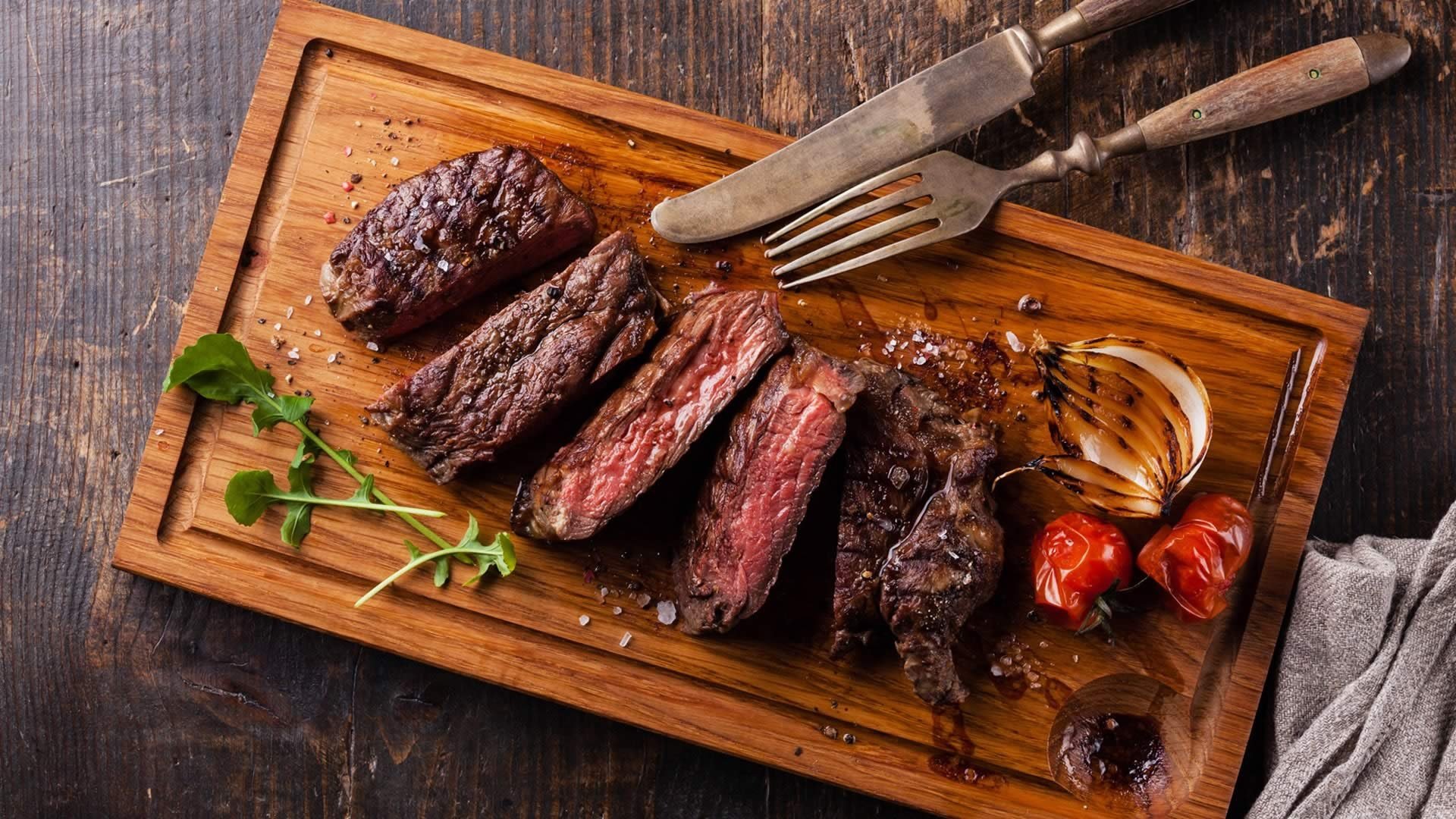Unlocking Precision: The Ultimate Guide to Bone Saws for Cooking
Unlocking the art of cooking with bone saws opens a world of culinary precision that every home and professional chef should explore. Imagine effortlessly slicing through tough cuts of meat, transforming your meals into gourmet creations that impress family and friends alike. In this ultimate guide to bone saws for cooking, we delve into the essential tools that allow you to unlock the full potential of meat preparation.
Whether you’re a novice looking to sharpen your skills or an experienced cook aiming to elevate your crafting techniques, understanding the intricacies of bone saws will enhance your cooking experience. From selecting the right saw to mastering its use, this comprehensive resource will empower you to approach your next culinary adventure with confidence and finesse. Get ready to wield your bone saw with pride and take your culinary artistry to new heights—with the help of Stovia’s premium bone saws.

Understanding the Different Types of Bone Saws
Bone saws come in various styles, each suited for specific needs:
- Manual Bone Saws: Lightweight and ideal for home chefs or small operations, these require elbow grease but offer precision for smaller tasks.
- Electric Bone Saws: Faster and more efficient, perfect for high-volume use.
- Band Saws: The gold standard in butcher shops and professional kitchens. With their powerful motors and continuous blades, they make light work of large meat cuts and dense bones.
At Stovia, we carry high-performance Dadaux bone saws, including:
- Dadaux SX200 Band Saw Table Type – compact yet powerful for mid-volume kitchens.
- Dadaux SX300 Band Saw – a step up in speed and power for professional settings.
- Dadaux SX400C Band Saw Machine – industrial-level performance for high-capacity needs.
Key Features to Look for in a Bone Saw
When shopping for a bone saw, consider the following:
- Blade strength & sharpness – high-grade stainless steel ensures clean cuts.
- Motor power – especially crucial for electric or band saws.
- Cutting capacity – the maximum dimensions your saw can handle.
- Ease of cleaning – removable parts and stainless steel construction are a plus.
- Safety features – such as blade guards and emergency stop buttons.
Dadaux bone saws excel in all these areas, offering professional-grade durability, safety, and performance.
How to Properly Use a Bone Saw
Using a bone saw requires both control and technique:
- Secure the meat on a stable surface.
- Grip the saw firmly, especially with manual models.
- Let the saw do the work—avoid forcing it.
- For band saws, guide the meat smoothly and evenly without rushing.
Start with smaller cuts to build confidence, and always follow the manufacturer’s guidelines.
Safety Tips for Using Bone Saws in the Kitchen
Bone saws are powerful tools, and safety is critical:
- Always wear cut-resistant gloves.
- Ensure the blade is properly installed and tightened.
- Never operate electric saws with wet hands or unstable footing.
- Use a pusher tool for smaller cuts (especially with band saws).
- Unplug or switch off machines before cleaning or blade changes.
Dadaux models, like the SX300 and SX400C, come with built-in safety systems to protect users in busy kitchen environments.
Maintenance and Care for Your Bone Saw
Proper maintenance extends the lifespan of your saw:
- Clean blades immediately after use.
- Lubricate moving parts regularly.
- Replace blades when worn—dull blades are dangerous and inefficient.
- Schedule routine inspections if using daily in a commercial kitchen.
Dadaux machines are designed for easy maintenance, with accessible components and clear user manuals to simplify care.
Top Brands and Models of Bone Saws for Cooking
When it comes to performance, Dadaux is a leading name in the world of meat processing. Trusted by professionals across Europe and beyond, Dadaux products are known for:
- Exceptional build quality
- Advanced safety mechanisms
- Long-lasting blade systems
- Powerful, energy-efficient motors
Top picks available at Stovia:
- Dadaux SX200 Band Saw Table Type
- Dadaux SX300 Band Saw
- Dadaux SX400C Band Saw Machine
Bone Saw vs. Other Cutting Tools: Which is Best?
While a chef’s knife or cleaver can handle soft bones or joints, bone saws are essential when cutting:
- Large cuts like beef short ribs or pork shoulders
- Dense bones in game meats
- Frozen meats and bones
If precision, consistency, and speed matter—especially in a professional kitchen—bone saws are superior to traditional cutting tools.
Recipes and Techniques Using Bone Saws
Unleash new culinary possibilities:
- Tomahawk steaks: Get the perfect French-trimmed bone.
- Osso Buco: Saw clean-cut veal shanks for even braising.
- Homemade bone broth: Split marrow bones to unlock deeper flavors.
- Game processing: Cleanly portion venison or wild boar.
With the right bone saw, these techniques become easier and more precise.
Conclusion: Elevating Your Cooking with Precision Tools
A bone saw isn’t just a specialty tool—it’s a gateway to a whole new level of meat mastery. Whether you're a home cook preparing hearty meals or a butcher needing industrial reliability, bone saws provide the precision, power, and control that other tools can't match.
At Stovia, we’re proud to offer the best in bone saw technology with our Dadaux SX200, SX300, and SX400C band saws—each designed to meet the highest culinary standards.
Explore our bone saws selection today and invest in tools that help you cook with confidence, consistency, and craftsmanship.